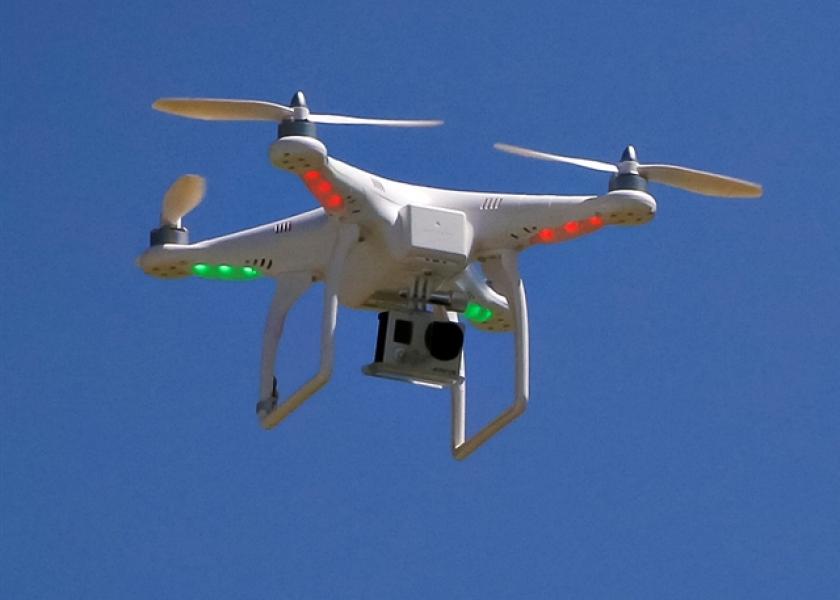7 Tips for Drone Operators To Not Interfere with Agricultural Aircraft

The National Agricultural Aviation Association (NAAA) is asking all unmanned aircraft (UA) operators to be mindful of low-altitude manned agricultural aircraft operations.
Here are 7 recommendations from NAAAC:
- Give the right of way to a manned aircraft. It’s the law.
- Equip drones with tracking technology, such as ADS-B In, so you will know ADS-B Out-equipped manned aircraft positions.
- Get certified and well-trained in operating an unmanned aircraft.
- Contact local agricultural aviation operations before flying by consulting AgAviation.org/findapplicator.
- Equip UAs with visible strobe lights and high visibility marking.
- Land your unmanned aircraft immediately when a low-flying aircraft is nearby.
- Carry UA liability insurance.
NAAA highlights how agricultural aviators treat 127 million acres of cropland in the U.S. each year.
“With Russia’s invasion of Ukraine restricting a huge portion of the world’s food supply, we cannot afford even a small disruption in the nation’s food supply chain,” NAAA CEO Andrew Moore said. “Agricultural aviators deliver nutrients, seeds and crop protection products to crops that will become consumers’ food and fiber supply in the U.S. and around the world. Their work cannot be delayed because of an unmanned aircraft not yielding to them, as is required by law. 2021 was a big year for aerial applicators, and we expect demand for aerial application services to be even higher in 2022.”
NAAA reports drones provide a great threat to ag aviators as UAs are not constantly visible and can cause more damage compared with bird strikes.
Learn more at AgAviation.org/uavsafetycampaign and Knowbeforeyoufly.org.







